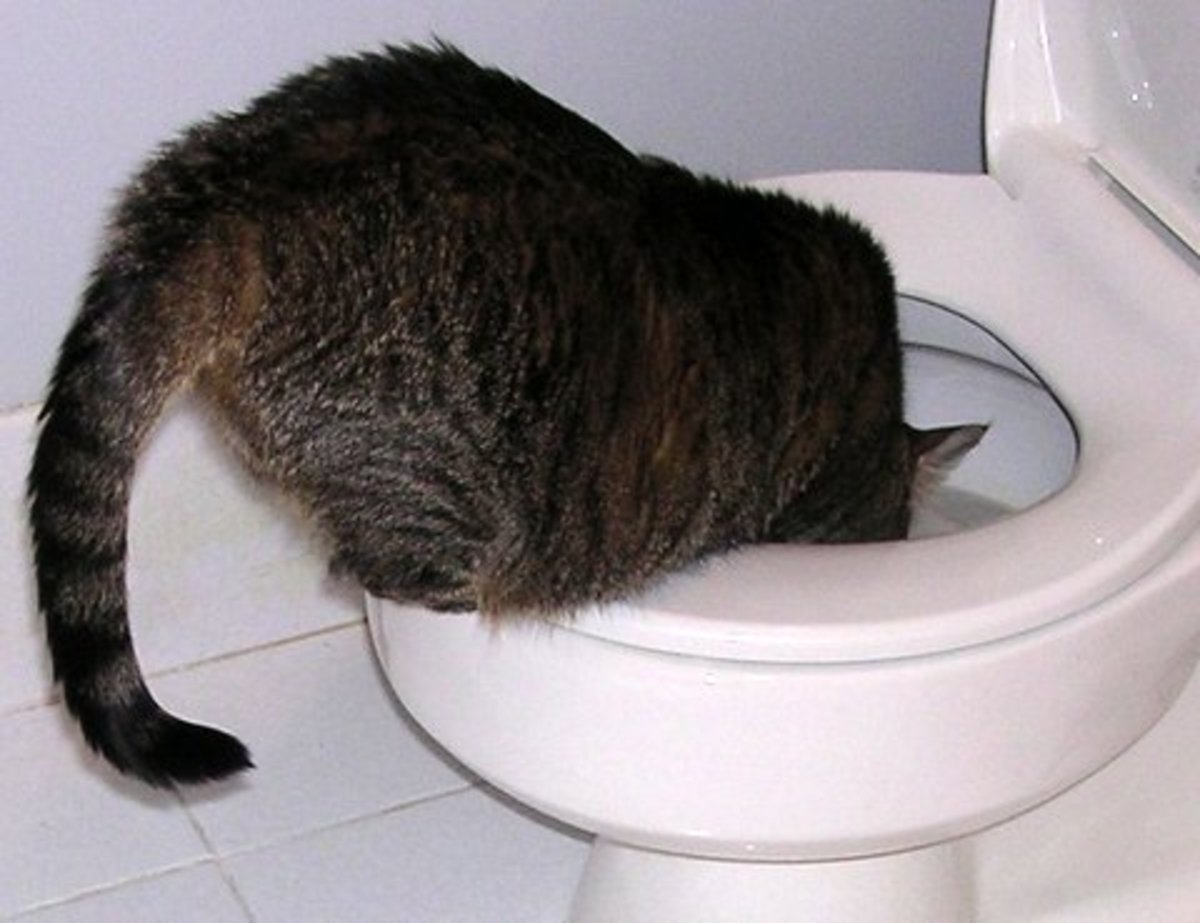Prevent Bathroom Disasters: Don't Flush Cat Poop Down Your Toilet - Professional Advice
Prevent Bathroom Disasters: Don't Flush Cat Poop Down Your Toilet - Professional Advice
Blog Article
How do you actually feel with regards to Don’t flush cat feces down the toilet?

Intro
As cat owners, it's necessary to be mindful of how we take care of our feline close friends' waste. While it might appear hassle-free to flush cat poop down the commode, this method can have harmful repercussions for both the setting and human health.
Alternatives to Flushing
Thankfully, there are much safer and much more accountable methods to throw away pet cat poop. Consider the adhering to alternatives:
1. Scoop and Dispose in Trash
One of the most typical technique of getting rid of feline poop is to scoop it into an eco-friendly bag and toss it in the trash. Make certain to utilize a committed litter scoop and dispose of the waste without delay.
2. Use Biodegradable Litter
Choose biodegradable pet cat litter made from products such as corn or wheat. These clutters are eco-friendly and can be safely taken care of in the garbage.
3. Hide in the Yard
If you have a yard, consider burying cat waste in an assigned location away from vegetable yards and water sources. Make certain to dig deep enough to avoid contamination of groundwater.
4. Install a Pet Waste Disposal System
Buy a family pet garbage disposal system especially developed for cat waste. These systems use enzymes to break down the waste, reducing smell and environmental effect.
Health Risks
Along with environmental issues, flushing cat waste can likewise position health threats to people. Cat feces might contain Toxoplasma gondii, a bloodsucker that can cause toxoplasmosis-- a possibly extreme health problem, particularly for expectant ladies and people with weakened body immune systems.
Ecological Impact
Purging cat poop introduces hazardous pathogens and bloodsuckers into the water system, positioning a considerable risk to aquatic environments. These pollutants can negatively impact marine life and compromise water high quality.
Conclusion
Accountable animal ownership extends beyond providing food and sanctuary-- it additionally involves proper waste management. By refraining from purging cat poop down the commode and going with different disposal techniques, we can minimize our environmental footprint and safeguard human health and wellness.
Why Can’t I Flush Cat Poop?
It Spreads a Parasite
Cats are frequently infected with a parasite called toxoplasma gondii. The parasite causes an infection called toxoplasmosis. It is usually harmless to cats. The parasite only uses cat poop as a host for its eggs. Otherwise, the cat’s immune system usually keeps the infection at low enough levels to maintain its own health. But it does not stop the develop of eggs. These eggs are tiny and surprisingly tough. They may survive for a year before they begin to grow. But that’s the problem.
Our wastewater system is not designed to deal with toxoplasmosis eggs. Instead, most eggs will flush from your toilet into sewers and wastewater management plants. After the sewage is treated for many other harmful things in it, it is typically released into local rivers, lakes, or oceans. Here, the toxoplasmosis eggs can find new hosts, including starfish, crabs, otters, and many other wildlife. For many, this is a significant risk to their health. Toxoplasmosis can also end up infecting water sources that are important for agriculture, which means our deer, pigs, and sheep can get infected too.
Is There Risk to Humans?
There can be a risk to human life from flushing cat poop down the toilet. If you do so, the parasites from your cat’s poop can end up in shellfish, game animals, or livestock. If this meat is then served raw or undercooked, the people who eat it can get sick.
In fact, according to the CDC, 40 million people in the United States are infected with toxoplasma gondii. They get it from exposure to infected seafood, or from some kind of cat poop contamination, like drinking from a stream that is contaminated or touching anything that has come into contact with cat poop. That includes just cleaning a cat litter box.
Most people who get infected with these parasites will not develop any symptoms. However, for pregnant women or for those with compromised immune systems, the parasite can cause severe health problems.
How to Handle Cat Poop
The best way to handle cat poop is actually to clean the box more often. The eggs that the parasite sheds will not become active until one to five days after the cat poops. That means that if you clean daily, you’re much less likely to come into direct contact with infectious eggs.
That said, always dispose of cat poop in the garbage and not down the toilet. Wash your hands before and after you clean the litter box, and bring the bag of poop right outside to your garbage bins.
https://trenchlesssolutionsusa.com/why-cant-i-flush-cat-poop/

Do you enjoy reading up on How to Dispose of Cat Poop and Litter Without Plastic Bags? Write feedback down the page. We will be pleased to listen to your insights about this entry. Hoping to see you back again before long. Enjoyed reading our review? Please share it. Let another person find it. Thanks for taking the time to read it.
Visit Our Website Report this page